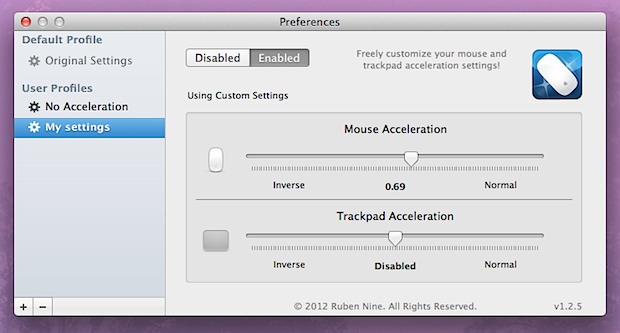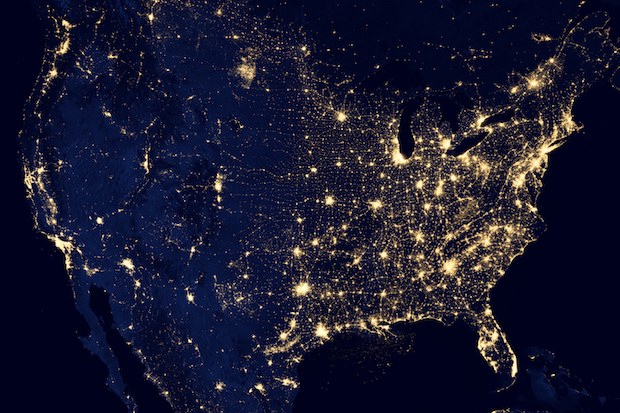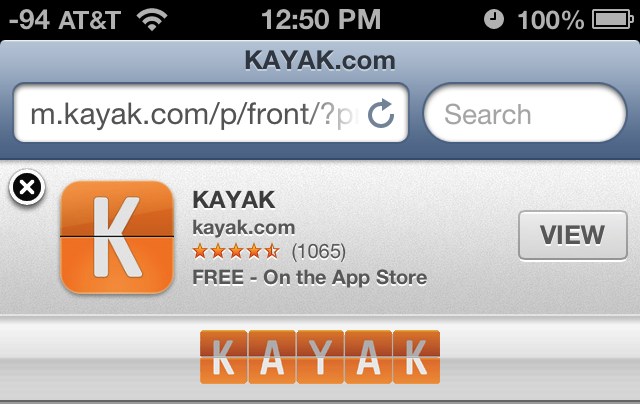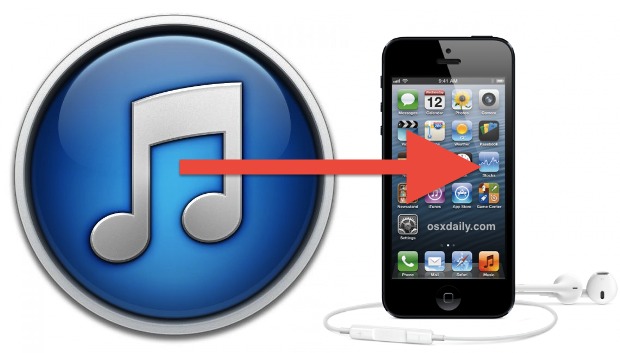Add Bold, Underline, & Italics to Stylize Text in iOS Mail

Stylizing text with bold, underline, or italics in the iOS Mail app is easily done with the same tap-and-hold contextual menu that also allows you to select text, block quote, and insert photos. To access the text styling menu:
- Tap and hold on any text in Mail app, choose “Select” and adjust the sliders to the text you want to select
- Tap the “B I U” button to reveal the text styles (you may need to tap the > arrow button to reveal the option if device is in portrait orientation)
- Choose either “Bold”, “Italics”, or “Underline”
- Repeat to apply additional styling

As you probably guessed, this litte-known trick works the same in Mail on iPhone, iPod touch, and iPad. Technically the stylize feature appears in a few other places in iOS too, but we’re focusing on the Mail app because this feature is universally supported there, whereas apps like Notes do not yet support it. This could be new from iOS 6 onward, I don’t have an older iOS device handy at the moment to give it a try and find out for sure.
We covered a handful of helpful typing tips for iOS and somehow missed this one, thanks for sending in another great tip Mithilesh!


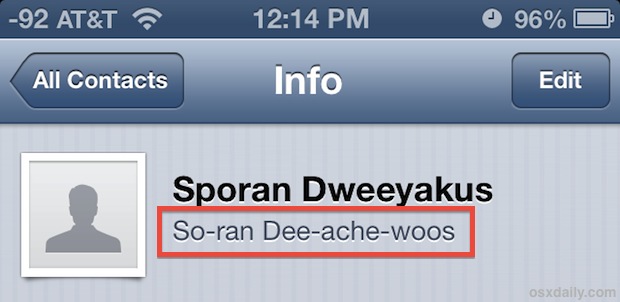
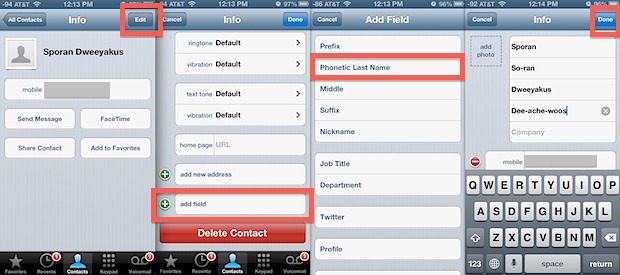
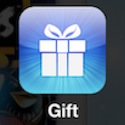 The ability to
The ability to 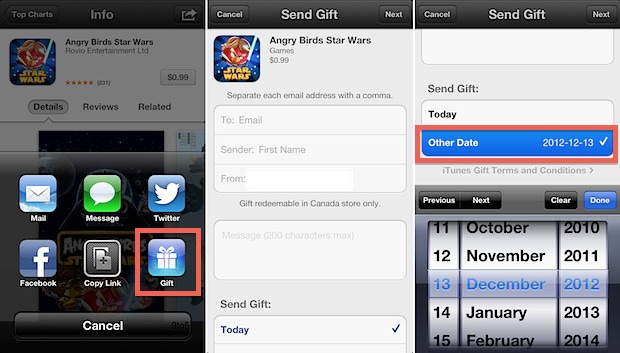
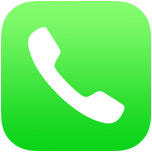 We all have received phone calls from numbers we don’t recognize, and even when they show up on the iPhone caller ID and provide an area code or region they’re coming from that call can still be a mystery. Like many others, I’ve gotten in the habit of just ignoring phone calls from numbers I don’t recognize, letting Voice Mail sort out if the caller is actually something important or just a telemarketer. But what if they don’t leave a message?
We all have received phone calls from numbers we don’t recognize, and even when they show up on the iPhone caller ID and provide an area code or region they’re coming from that call can still be a mystery. Like many others, I’ve gotten in the habit of just ignoring phone calls from numbers I don’t recognize, letting Voice Mail sort out if the caller is actually something important or just a telemarketer. But what if they don’t leave a message?



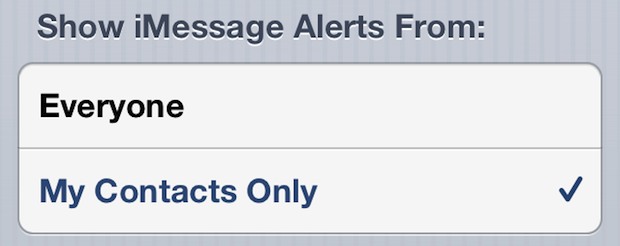
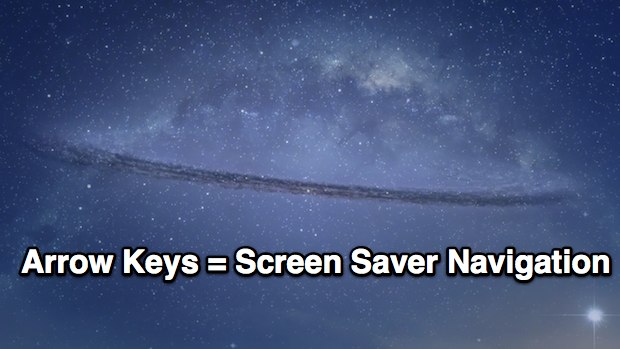
 We’ve all been there, part of an extraordinarily length email thread and there’s really only a small portion of it that’s necessary to respond to, but without the proper context the reply may not seem complete or even inappropriate. Rather than quoting the entire email and explaining the response, use smart quotes to reply only to a specifically selected portion of the email.
We’ve all been there, part of an extraordinarily length email thread and there’s really only a small portion of it that’s necessary to respond to, but without the proper context the reply may not seem complete or even inappropriate. Rather than quoting the entire email and explaining the response, use smart quotes to reply only to a specifically selected portion of the email. 